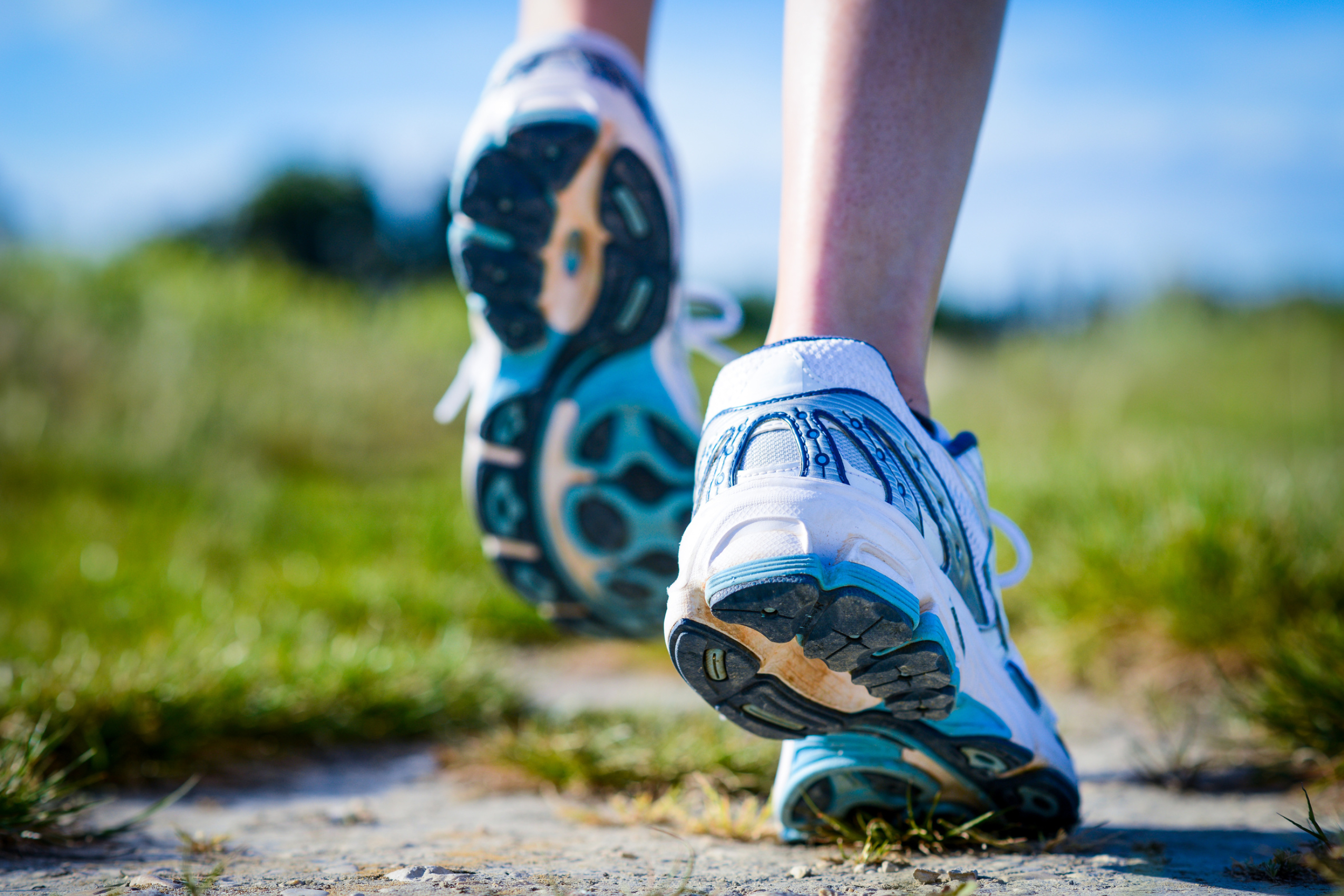Visit
Physiosports Brighton,
429 Nepean Highway, Brighton East,
3187, VIC, Australia
Call
Fax
03 9596 9155
physiosports@physiosports.com.au

This conversation starter could very well cause some angst in some houses. Trust me I know! However, it is an excellent question to ask when it comes to how many running shoes are in your current cycle. This article is designed to see this from an injury perspective, not a spousal conflict initiator. I won’t take any responsibility for any conflict that does arise.
Let’s make some assumptions. You run four times per week. On top of this, you have a busy full-time job, a family at home and any other commitments required for your family and self. However, running is still on the top of your list because if you can’t run, you aren’t you!
Your current training involves running about 30 km p/week. You have a favourite route which you keep trying to extend each week while you prepare for your next event (by the way, Connor’s run is coming up…). During the week, you run a shorter version of that route depending on how much time you have. If you are lucky, you throw in a hills session or sprints down at the park.
A brief summary of how running injuries occur. Be aware this is very brief and there are often many reasons for a running injury. If you have questions about this, feel free to drop me a line or consult with your podiatrist or physiotherapist. Running injuries can be accounted for due to repeated loading on tissues that eventually reach a tipping point. This can be due to sudden changes to loads, your running mechanics, or just a matter of time. Essentially, a cumulation of loads on the same tissues over and over and over again until they decide they have had enough.
Let’s consider running injury through this lens alone for now i.e. cumulation of repetitive load on tissues. Your choice of running shoe and how many shoes you have maybe something that can help reduce your incidence. Note: it would be impossible to avoid injury altogether. Let me indulge this a bit further. If you run on the same surface, the same way with the same shoes, you are only increasing the repetition and cumulation of loads to your tissues (bones, ligaments, tendons, joints etc.). Whereas if you can vary some of this, then you can change the amount and way these loads are placing demands on your body.
Guess what… the simplest way to achieve this is to have multiple pairs of shoes! If you place a differently weighted, cushioned or mechanically designed pair of shoes you are instantly creating some variety in your running and reducing the chance of injury. You haven’t had to vary much else. By changing weight, the shoe will require different energy demands, the cushioning will change the weight and the impact forces against the ground, and mechanical design will change the surface interaction and loading mechanism differently again. Each of these elements will create a different stimulus to different tissues in your body and, in turn, reduce the volume of repetition cumulation you would otherwise get without the changes.

Indeed, suppose you can vary your surface, distance, intensity, route etc. That will also have tremendous advantages on your development and injury risk, but changing shoes at least gives a simple change to variety.
Although, if you change distances and surfaces, you should consider matching the shoe to the circumstance. For example, completing a marathon in gumboots may be possible, but it is less desirable. You can do your short sharp runs in a lighter pair of shoes, and your long runs in something that can contend with your fatigue and provide more cushioning as you tire and finally, a pair of shoes for your recovery run.
For example, I run in these three shoes. Fast stuff; New Balance Stone Island Tokyo RC Elite v2. Shorter, lighter runs; Wave Rider Neo 2. Longer runs; Mizuno Wave Rider 24. Recovery runs; Asics EvoGlide.
Go out, enjoy the run. Consider having multiple shoes in your rotation. As always, if you have questions, concerns or queries reach out I am only too happy to help.
By John Osborne
Aus. Podiatry Assoc. Certified Sports Podiatrist, B.HS,M Pod Prac and PhD Candidate.
Send John an email to johnosborne@physiosports.com.au, or book in to see him, or Scott, by clicking here.